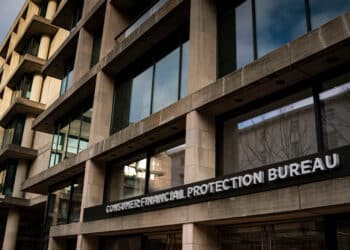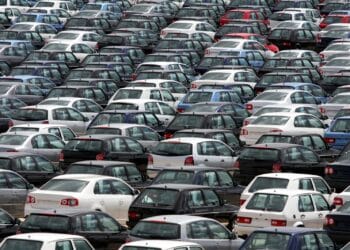Too Early to Tell if Subprime Financing Is in Trouble

The nation’s auto default rate remains unchanged from last month at 0.96%, just four basis points above its historical low, according to data through July released by the S&P/Experian Consumer Credit Default Indices. Overall consumer default rates, including mortgages and credit cards, declined slightly, according to the comprehensive measure.
That said, the number of auto loans being made in the United States has jumped to the highest level in eight years this spring. A significant amount of that growth, around 25%, was fueled by an increase in subprime lending, according to a numbers released last Thursday by the Federal Reserve Bank of New York. And although the dollar amount of subprime loans are still a smaller proportion of total loans than they were pre-recession, there’s been a flood of negative publicity peppered by a series of consumer-centric anecdotal stories, coupled with signs that regulators are springing into action across the country with a series of spot check actions.
While the amount of subprime loans has increased, the average credit scores of those consumers borrowing money went down slightly while terms were extended.
“It’s not just people having nightmares from seven years; there’s some data,” Blitzer told Auto Finance News. “My sense is what we learned about housing a while back, is that virtually nobody defaults on a loan in the first month.”
A certain amount of time must pass before we have a true picture of what’s going to happen, according to Blitzer. He said logic dictates that if subprime loans are going to impact the default rate, it’s going to take some time before the symptoms begins to show up. He said his best guest is six months.
“I just can’t see people doing such a bad job that the loans go sour right away,” said Blitzer.
Whether it’s good times or bad, a certain proportion of subprime loans will go bad. It makes sense, therefore, that default rates at some point, should rise as well.
“I can see the market expanding and the subprime share remaining roughly constant, but, I couldn’t see the market expanding and seeing the subprime default rate going down,” he said.
That would suggest that the people who don’t really have to borrow to buy a car suddenly decided to do it anyway. He said that happens when the auto industry is in bad shape and offers everybody zero percent financing.
“In a period when auto financing is very strong, and the default rates look quite stable, there is this sense that all is fine,” Blitzer said. “Loans don’t go bad on day one, but, in six, nine or twelve months wait, because they might — so it bears a bit of cautious watching.”














